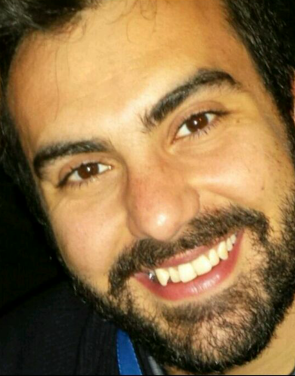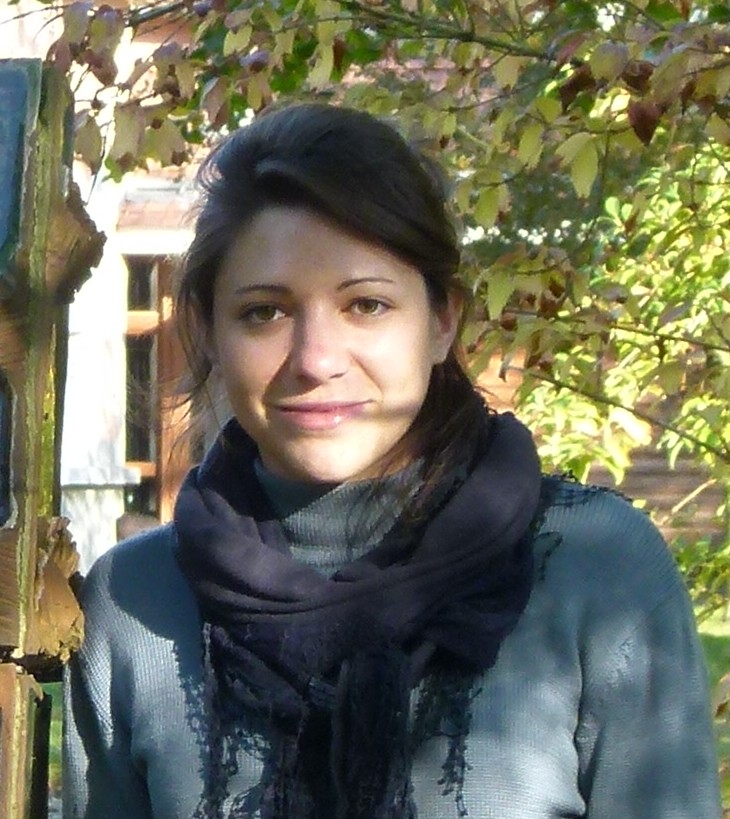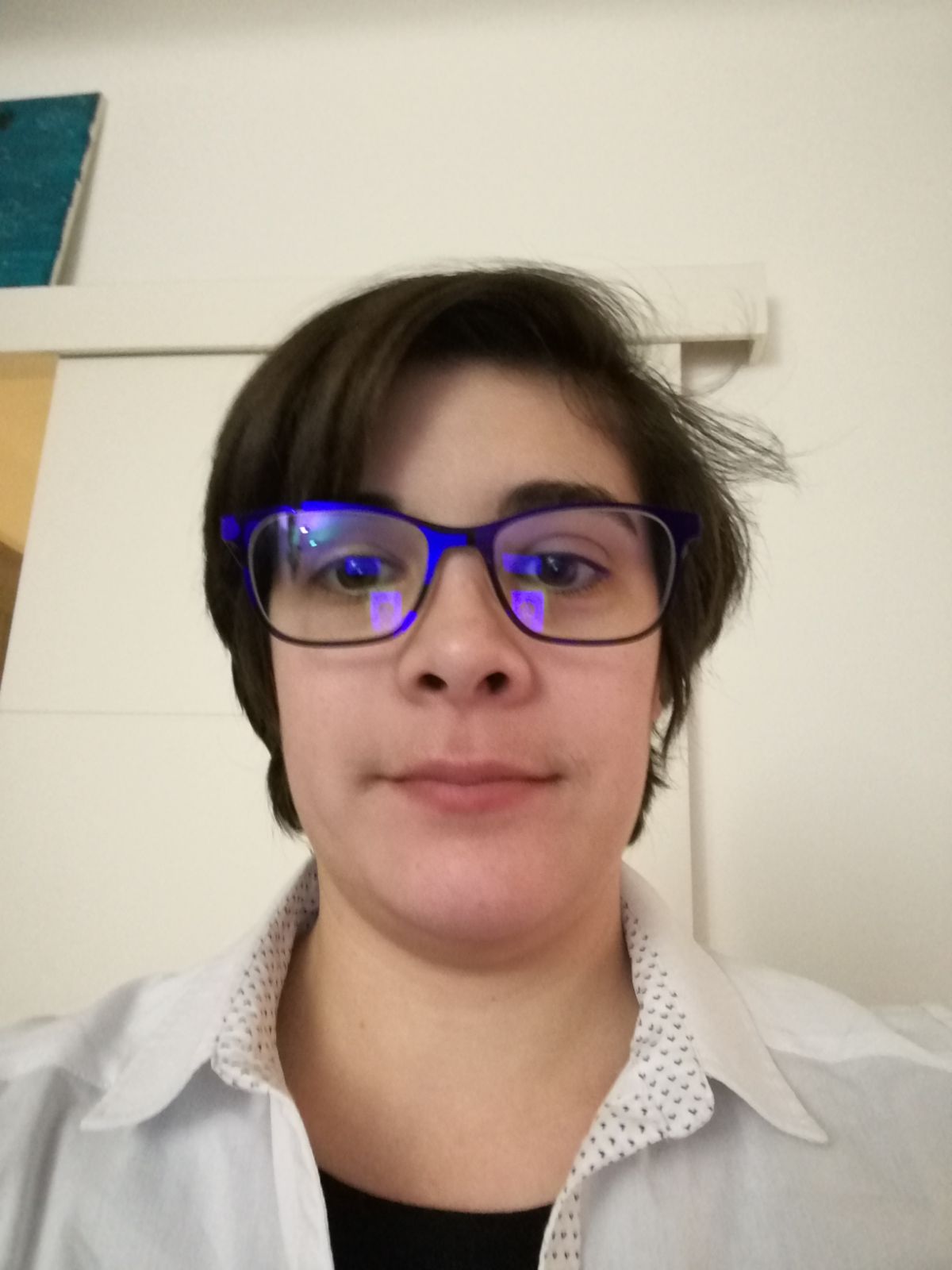Events in April 2017
-
Digital Health, Biology and Earth: Part III
Digital Health, Biology and Earth: Part III
–
April 10, 2017Chairman
Guillermo Gallardo - Athena
Talk 1
Title:
Principal Process Analysis of biological modelsSpeaker:

Stefano Casagranda - BiocoreAbstract:
Understanding the dynamical behavior of biological systems is challenged by their large number of components and interactions. We design a method for dealing with this complexity, called Principal Process Analysis (PPA). The knowledge of the system trajectories allows us to decompose the system dynamics into processes that are active or inactive with respect to a certain threshold value. We eliminate from the model processes that are always inactive, and inactive in one or several time windows. This reduces the complex dynamics of the original model to the much simpler dynamics of the core processes, in a succession of sub-models that are easier to analyze. In conclusion, PPA is an useful tool for analyzing the complex dynamical behavior of biological systems.Talk 2
Title:
Neutralising antibodies prevent PRRS viremia rebound: evidence from a data-supported model of immune response Speaker:
Speaker:
Natacha GO - BIOCOREAbstract:
Understanding the mechanisms determining the within-host variability in infection is a key issue to better understand and control infection spread. The Porcine Respiratory and Reproductive Syndrome virus (PRRSv) is a major challenge for the swine industry worldwide, host infections exhibit a high variability and immune mechanisms determining its dynamics are still poorly understood. We identified immune mechanisms that could explain observed variability in infection profile (rebounders vs no-rebounders) using a mathematical model of the within-host dynamics fitted to experimental data. Our results provide new insides and can guide vaccine design and genetic selection to prevent rebounders. -
Digital Health, Biology and Earth: Part IV
Digital Health, Biology and Earth: Part IV
–
April 24, 2017Chairman
Konstantinos Mavreas - APICS
Talk 1
Thesis repetition of 45 min
Title:
MHD Modeling and Numerical Simulation with Finite Volume-type Methods. Application to Fusion Plasmas. Speaker:
Speaker:
Elise Estibals - CASTORAbstract:
This thesis deals with the modeling of fusion plasmas by the bi-temperature Euler model and the ideal and resistive MHD ones. First, using the non-dimensional scaling of the bi-fluid MHD equations, we give the assumptions leading to those three models. Then, we describe the finite volume-type methods for structured and non-structured meshes to approximate solutions of those models. For the three systems studied, the numerical schemes presented relies on relaxation schemes to solve Riemann problems at the interfaces. Keeping in mind the application to tokamak device, the finite volume methods are both presented both in Cartesian coordinates and cylindrical coordinates. For the bi-temperature Euler equations in toroidal geometry, the strong conservative form of the equations are kept in the 3D finite volume method. The MHD equations are coupled to the Maxwell’s equation which contains the divergencefree constraint of the magnetic field. Thus, a strategy to maintain this constraint is designed in this thesis both for Cartesian and cylindrical coordinates. Several numerical tests for the three models are performed in different geometries in order to validate the proposed numerical method.Talk 2
Title:
Bridging the gap between protein function and protein evolution.Speaker:
Romain Tetley - ABSAbstract:
Biological functions rely on biomolecular machines (made of DNA, RNA, proteins). Understanding how these evolve and operate is a major endeavour. Evolution refers to the drift of species and the underlying protein coding sequences. Operation refers to the atomic mechanisms accounting for the emergence of function. For example, the immune response involves the binding of an antibody to its antigen. The two aspects are intimately coupled, as proteins with similar functions generally involve similar structures---but not necessarily similar sequences. In this talk, I will present methods deciphering the commonalities between seemingly distant protein sequences, still yielding protein structures accomplishing similar functions. These methods borrow on combinatorial optimization (structural alignments), shape matching (topological persistence), and pattern recognition (hidden markov models).





